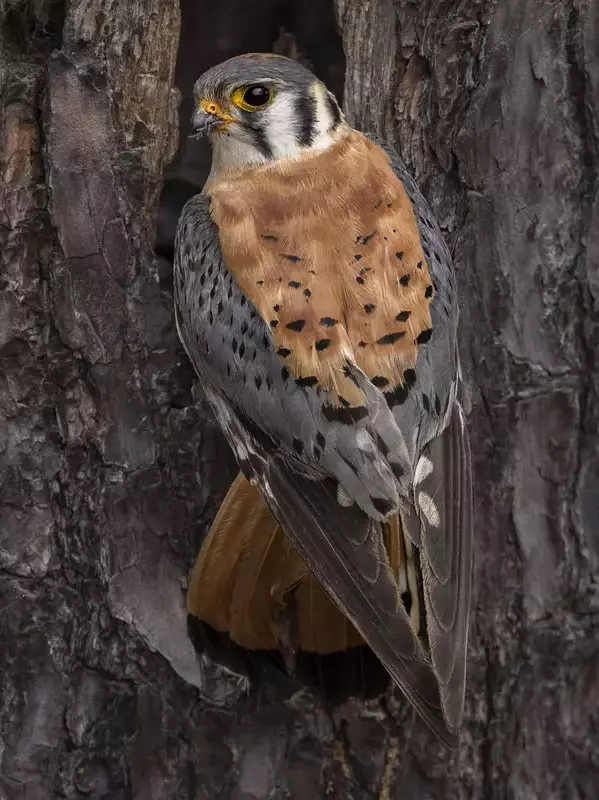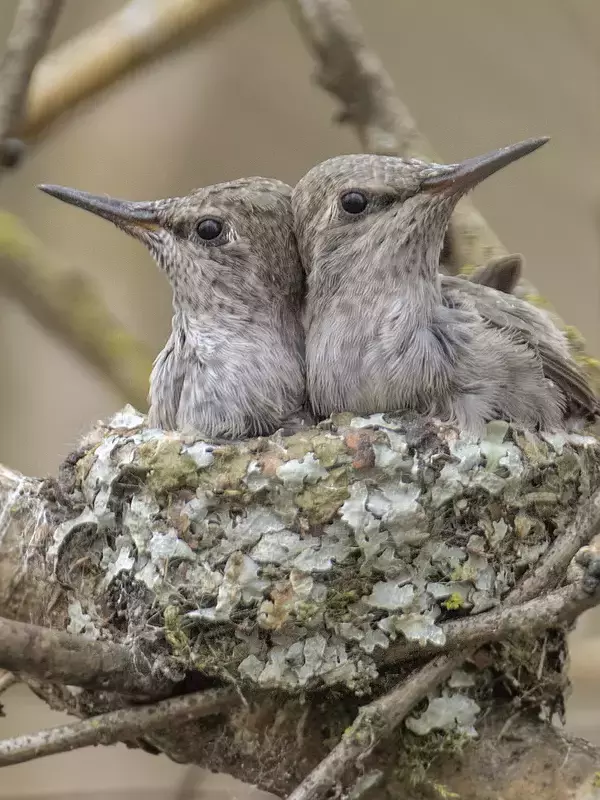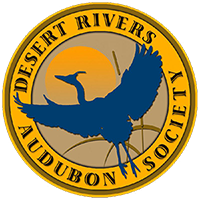Introduction to Birdwatching
How to Get Started Birdwatching
A lot of very famous bird watchers began by just going outside and looking at the birds.
They often had no binoculars and they borrowed field guides (which are books about identifying birds) from their local libraries.
Sometimes these books didn’t even have colored pictures of the birds — just black and white drawings.
All you need to start bird watching is an interest, your eyes, ears and a brain “The most important thing about bird watching is that you really look and listen.
Look and Listen
Your backyard is a good place to start. Try taking your coffee outside and open up your senses. You may be surprised at the variety of birds living outside your house. Observe where they perch. Are they pecking around on the ground or scouring the bushes and trees. Are they hanging out ingroups or solitary?
Focus on one and note the details: Go out and make notes about the birds you see, write down the size, the number of them, where you find them, what they are doing, how they feed, and what they feed on. Listen to the birds, what sort of sounds do they make? What shape is the bird and what color, what do the feet look like and what shape is the bill? If possible make a drawing of the bird and note any special marks or feathers.
The most important thing about bird watching is being still and using your eyes and ears. No matter how good your equipment is, if you can’t lose yourself in the environment you won’t see many birds. Eventually, though, you will want to get outside more, and learn more and get the right equipment. This is what you will need.

“A bird doesn’t sing because it has an answer, it sings because it has a song.”
– Maya Angelou
Birdwatching Equipment

- Clothing Hat and water and comfortable shoes. This is Arizona, you don’t want to get sunburned, dehydrated or scratched by cactus. Dress in neutral colors – beige, gray, olive green. Don’t wear white or bright colors. Birds see many times better than we do! Bright colors will make you stand out like a neon sign.
- Field Guide A field guide will help you identify the birds you are likely to see. Buy a guidebook for the Western United States. A guide devoted to Arizona is also helpful. When you return from a birding trip these books will be invaluable.
- Mobile Apps Mobile apps are excellent in the field because they are light and many include bird sounds. Download one or two to your phone. The Audubon app is excellent. Merlin, offered by the Cornell Lab, includes a sound ID feature.
- Notes and a List Birders have always used pencils and notebooks in the field to record observations and maintain lists, but most birders now use technology. eBird is a mobile international database of bird sightings — citizen science at its best. You may set up an account and start recording the birds you see on your outings. eBird is easy to use in the field, but you may want to make notes on you phone or in a notebook then transfer them to eBird once home. There’s nothing wrong with a steno notebook and a pencil!
- Binoculars Binoculars are virtually essential for close-up views, especially when comparing one small bird from another. Most bird watchers prefer binoculars that are 10 x 42 or 8 x 42, but smaller size glasses may be easier for children to use. Your binoculars should fit so you can look out through both lenses at once, and your fingers should be able to reach the focus wheel easily. Try out a few pairs before you buy. You can find some really good pairs for about $150. Here’s a tip: Desert Rivers has loaner binoculars that you may use during Family Bird Walks. We have child-size bins as well!
Early Bird Kids Club
Kids ages 6-17 can learn about birds, animals, and their habitats at the Gilbert Riparian Preserve, which boasts over 200 bird species.
Meetings are on the third Saturday each month from October through April at 8:15 AM.
Activities include binocular skills and nature exploration.
Nature Festivals
Arizona boasts several excellent birding festivals, including:
• Tucson Audubon’s
Southeast Birding Festival
• Verde Valley
Birding and Nature Festival
• Sedona Hummingbird Festival
• Southwest Wings
Birding and Nature Festival
They all feature family bird walks where you can borrow binoculars and go out with an experienced bird watcher.
Family Bird Walks
Desert Rivers Audubon hosts guided bird walks at the Gilbert Riparian Preserve and Chandler’s Veterans Oasis Park during the cool season. These walks, led by knowledgeable guides, offer bird enthusiasts a chance to observe and learn about diverse bird species in these beautiful areas. Suitable for all experience levels, the walks provide an opportunity to connect with nature and fellow bird lovers.

